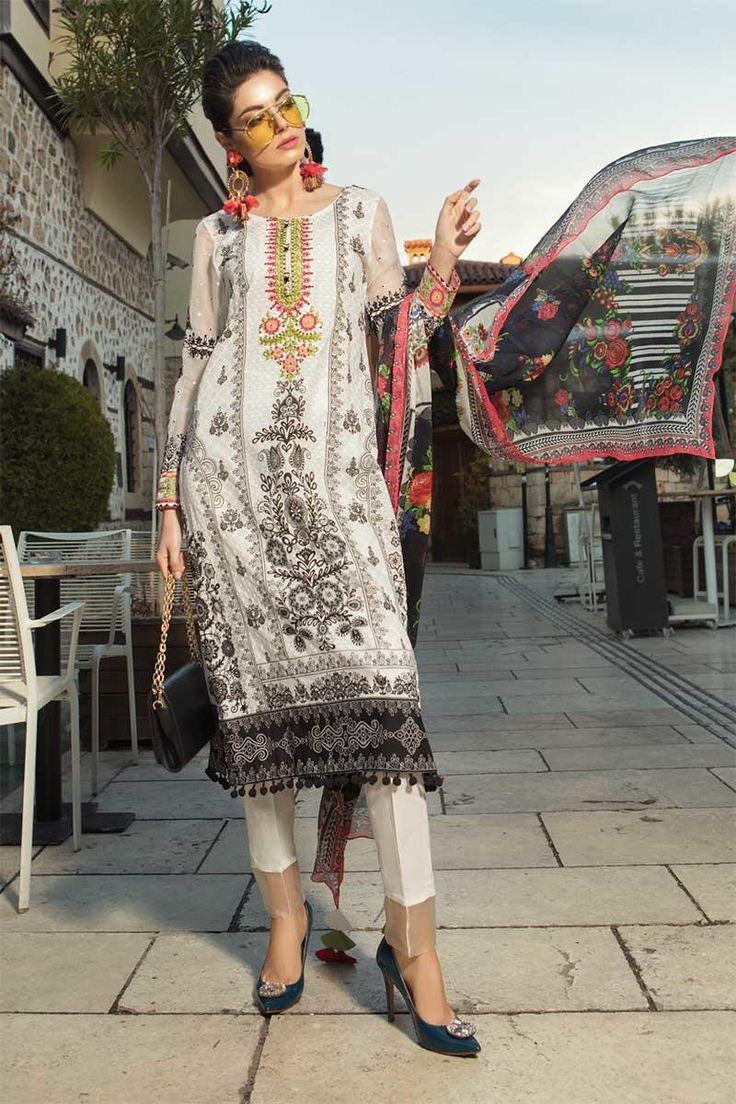In recent years, the Pakistani fashion industry has undergone a remarkable transformation, especially in the realm of ready-to-wear clothing. This evolution has redefined how people, particularly women, engage with traditional and contemporary fashion. The term Pakistani ready to wear now signifies more than just convenience—it embodies a vibrant blend of heritage, modern design, affordability, and quality.
Pakistani women preferred custom-stitched garments, often visiting tailors with unstitched fabric and detailed design instructions. While this method allowed for personalization, it also meant enduring long waiting times, uncertain results, and the hassle of coordinating with tailors and fabric shops. As urban life grew more fast-paced, the need for instant fashion solutions increased—giving rise to the flourishing ready-to-wear sector.
The Rise of Ready to Wear in Pakistan
Traditionally, most Pakistani women preferred custom-stitched garments, often visiting tailors with unstitched fabric and detailed design instructions. While this method allowed for personalization, it also meant enduring long waiting times, uncertain results, and the hassle of coordinating with tailors and fabric shops. As urban life grew more fast-paced, the need for instant fashion solutions increased—giving rise to the flourishing ready-to-wear sector.
Fashion houses and retail giants quickly adapted. Brands like Khaadi, Sapphire, Generation, Limelight, and Gul Ahmed began offering pre-stitched outfits tailored to diverse tastes, body types, and occasions. These collections brought about a revolution—offering seasonal designs, innovative cuts, and affordability without compromising on quality or cultural values.
Versatility in Designs and Fabrics
One of the biggest strengths of Pakistani ready-to-wear fashion is its versatility. From casual kurtas to heavily embellished formal wear, the market now caters to every wardrobe need. Designers and brands release seasonal collections—summer lawn, mid-season cottons, winter khaddar, and festive wear in silks, organzas, and chiffons.
Summer collections typically include breathable fabrics like lawn, cotton, and cambric, adorned with floral prints, block prints, and subtle embroideries. These are ideal for day-to-day wear, whether you’re heading to university, office, or a casual get-together.
In contrast, winter ready-to-wear options incorporate thicker fabrics like karandi, linen, and wool blends, often featuring richer color palettes, ethnic prints, and heavy embellishments suitable for the cooler climate.
When it comes to formal ready-to-wear, brands focus on luxury elements—such as sequins, pearls, hand embroidery, zari work, and intricate lace inserts—offering wedding guest attire or Eid outfits that make a statement without needing a trip to the designer’s studio.
Embracing Tradition with a Modern Twist
Pakistani ready-to-wear fashion is successful because it strikes the perfect balance between tradition and modernity. While preserving classic elements like shalwar kameez, angrakha cuts, or dupattas, designers are experimenting with modern silhouettes—adding asymmetrical hems, culottes, jackets, and tunics.
This innovative spirit has made it easier for younger generations to connect with ethnic clothing. The inclusion of minimalist patterns, monochromatic themes, and pastel palettes appeals to those who lean toward contemporary aesthetics while remaining rooted in culture.
Ready-to-wear also accommodates the modest fashion movement. High necklines, longer hemlines, and full sleeves are frequently incorporated, ensuring the designs meet the modesty preferences of a significant portion of consumers.
Affordability and Accessibility
Another driving force behind the popularity of Pakistani ready-to-wear is its affordability. With prices ranging from budget-friendly to mid-luxury, consumers can shop according to their financial comfort without sacrificing style. Many brands offer sale seasons, bundle deals, and loyalty programs, further improving accessibility.
Moreover, the rise of online fashion platforms has expanded access to Pakistani ready-to-wear globally. Overseas Pakistanis and South Asian communities living in the UK, USA, UAE, and Canada can now shop from brands online, benefiting from international shipping and digital catalogs.
Fashion houses and retail giants quickly adapted. Brands like Khaadi, Sapphire, Generation, Limelight, and Gul Ahmed began offering pre-stitched outfits tailored to diverse tastes, body types, and occasions. These collections brought about a revolution—offering seasonal designs, innovative cuts, and affordability without compromising on quality or cultural values.
Sustainability and the Future of Ready to Wear
As the world moves toward sustainable fashion, Pakistani ready-to-wear brands are also starting to take steps in this direction. While the fast-fashion model poses environmental challenges, a few brands have started exploring eco-friendly fabrics, digital printing techniques, and slow fashion collections that emphasize durability and mindful consumption.
Local artisans are also being given a platform through ready-to-wear collaborations. Brands like Generation and Koel incorporate indigenous techniques like ajrak, block printing, and mirror work into their lines—promoting not only sustainability but also cultural preservation.
As awareness grows, the future of ready-to-wear fashion in Pakistan may lie in hybrid models—offering semi-customization, sustainable fabrics, and AI-powered fit technology, all while celebrating cultural identity.
Conclusion: Redefining Everyday Elegance
Pakistani ready-to-wear is no longer just a solution for convenience; it is a movement in fashion. It reflects how the industry has matured—offering accessible luxury, cultural pride, and fashion-forward solutions to people from all walks of life.
Local artisans are also being given a platform through ready-to-wear collaborations. Brands like Generation and Koel incorporate indigenous techniques like ajrak, block printing, and mirror work into their lines—promoting not only sustainability but also cultural preservation.

